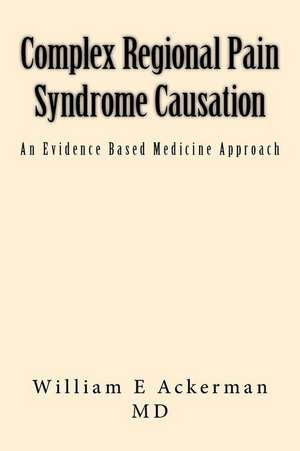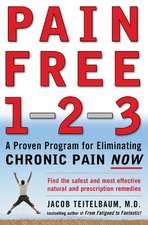Complex Regional Pain Syndrome Causation
Autor Ackerman MD III, Dr Williamackerman MD Een Limba Engleză Paperback
Preț: 110.09 lei
Nou
Puncte Express: 165
Preț estimativ în valută:
21.07€ • 22.05$ • 17.43£
21.07€ • 22.05$ • 17.43£
Carte disponibilă
Livrare economică 17-31 martie
Preluare comenzi: 021 569.72.76
Specificații
ISBN-13: 9781541199736
ISBN-10: 1541199731
Pagini: 322
Dimensiuni: 152 x 229 x 18 mm
Greutate: 0.47 kg
ISBN-10: 1541199731
Pagini: 322
Dimensiuni: 152 x 229 x 18 mm
Greutate: 0.47 kg








